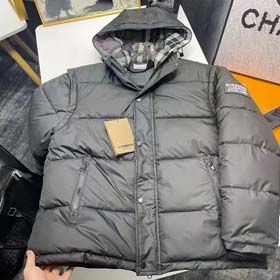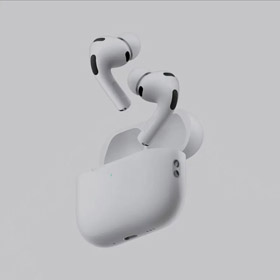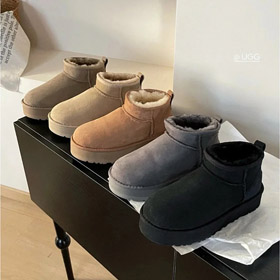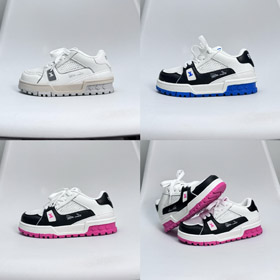Founded in 1856 by Thomas Burberry, a 21-year-old draper's apprentice, Burberry has grown from a small outfitter in Basingstoke, England, to a globally recognized symbol of British luxury. What began as a humble store selling outdoor attire evolved into an iconic fashion house renowned for its innovation, craftsmanship, and signature tartan pattern.
From Humble Beginnings to Garments of Distinction
Burberry's breakthrough came in 1879 with the invention of gabardine, a breathable, weatherproof fabric that revolutionized outerwear. Thomas Burberry's patented weaving technique made the fabric resistant to rain while remaining lightweight—ideal for the changeable British climate. This innovation paved the way for the brand's legendary trench coat, originally designed as a military uniform during World War I. The coat's functional epaulettes, storm shield, and D-ring buckle design remain hallmarks of Burberry's modern collections.
Explore Burberry's latest product offerings in detail at [this resource](https://cnsheet.net/).
The Iconic Check Pattern
In the 1920s, Burberry introduced its now-famous Nova Check—a camel, black, white, and red plaid, first appearing as a lining for trench coats. By the 1960s, the pattern became synonymous with the brand, gracing scarves, umbrellas, and accessories. While temporarily overexposed in the 2000s, creative directors like Christopher Bailey and Riccardo Tisci have since reimagined the check in bold new colorways, reinforcing its status as a status symbol.
From Trench Coats to High Fashion
Under the design direction of Christopher Bailey (2001-2018), Burberry embraced digital innovation, becoming the first luxury brand to live-stream fashion shows. Collaborations with tech giants like Apple and WeChat expanded its reach to younger consumers. Recent collections honor the brand's heritage while pushing boundaries—think streetwear-inspired takes on its classic silhouette, or the sleek minimalism from current designer Daniel Lee.
For an in-depth look at Burberry's product specifications, consult [this breakdown](https://cnsheet.net/).
Craftsmanship Meets Sustainability
Beyond design, Burberry reinforces its legacy through ethical initiatives like the Burberry Sustainability Agenda 2025, committing to carbon neutrality, deforestation-free supply chains, and decreased water usage in production. Its Yorkshire mills—still operational after 150 years—now employ solar energy, blending tradition with ecological responsibility.
Today, Burberry remains a testament to heritage meeting reinvention. Its coats have been worn by legends—Humphrey Bogart in Casablanca, Audrey Hepburn in Breakfast at Tiffany's—while its modern iterations capture contemporary imaginations. The journey from rustic rainwear to red-carpet stardom ensures Burberry’s checks and trenches will endure for generations.




















